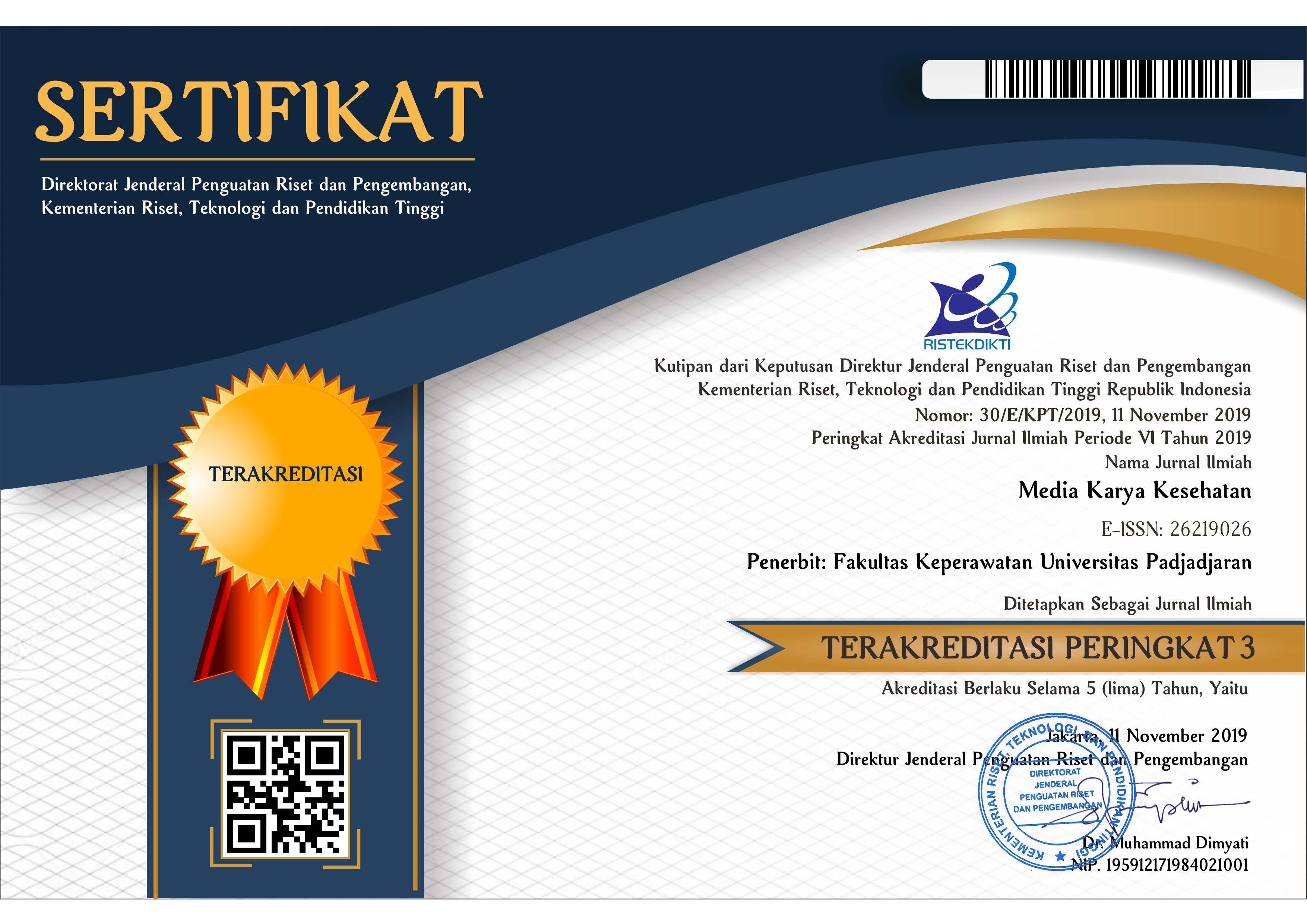Modification and Innovation of Commode Chair Using a Polyester-based Composite for Elderly Patient
Abstract
Bamboo stems, a source of fiber/bamboo salts, is a type of natural fiber with a lower density than other natural fibers. Apus bamboo is a type of bamboo having high mechanical strength. Their superior properties have attracted public interest to develop their potential to become advanced and functional materials. A combination of woven apus bamboo slats obtained from Kalisemo village, Purworejo Regency, Indonesia, and woven glass fiber are used as the reinforcing material and fabricated to be the hybrid composite material with a polyester binder mixed with 5% eggshell powder. The ratio of reinforcement and binder is 20: 80 (vol. %). This composite product is used for modification and innovation components in the commode chair product as a medical device for elderly patients. The flexural strength and water absorption tests are conducted on the composite material before use. The commercial commode chair made of wood is modified using the composite and made an innovation by adding right and left handrails to maintain the body balance of elderly patients.
Keywords: (bamboo slat, commode chair, composite, glass fiber, polyester).
Full Text:
PDFReferences
Chin, S. C., Tee, K. F., Tong, F. S., Doh, S. I., & Gimbun, J. (2020). External strengthening of reinforced concrete beam with opening by bamboo fiber reinforced composites. Materials and Structures, 53, 1–12.
Dauletbek, A., Li, H., Lorenzo, R., Corbi, I., Corbi, O., & Ashraf, M. (2022). A review of basic mechanical behavior of laminated bamboo lumber.
Gordon, B., & Waterhouse, W. C. (1962). 4968. In the American Mathematical Monthly (Vol. 69, Issue 7, p. 676). https://doi.org/10.2307/2310857
Hassan, S. B., Aigbodion, V. S., & Patrick, S. N. (2012). Tribology in Industry Development of Polyester/Eggshell Particulate Composites. Tribology in Industry, 34(4), 217–225.
Karimah, A., Ridho, M. R., Munawar, S. S., Adi, D. S., Ismadi, Damayanti, R., Subiyanto, B., Fatriasari, W., & Fudholi, A. (2021). A review on natural fibers for development of eco-friendly bio-composite: characteristics, and utilizations. Journal of Materials Research and Technology, 13, 2442–2458. https://doi.org/10.1016/j.jmrt.2021.06.014
Oka, G. M. (2008). Analisis arah laminasi vertikal dan horisontal terhadap perilaku lentur balok bambu laminasi. Jurnal Smartek, Vol. 6, hal 94-103.
Ratna Prasad, A. V., & Mohana Rao, K. (2011). Mechanical properties of natural fibre reinforced polyester composites: Jowar, sisal and bamboo. Materials and Design, 32(8–9), 4658–4663. https://doi.org/10.1016/j.matdes.2011.03.015
Shi, J., Zhang, W., Gu, S., Yuan, S., & Zhang, J. (2023). Physical and Mechanical Properties of Bamboo Fiber/Glass Fiber Mesh Reinforced Epoxy Resin Hybrid Composites: Effect of Fiber Stacking Sequence. Journal of Natural Fibers, 20(1). https://doi.org/10.1080/15440478.2023.2167145
Sosiati, H., Guntur Ma’arif, M., Firmansyah, W. A., & Hamdan, S. (2023). Characterization of the Properties of Bio-CaCO3 Waste Eggshell and Abaca Fiber Reinforced Hybrid Composites. 1087, 13–20.
Wulandari, F. T. (2020). Karateristik Sifat Fisika Bambu Tali (Gigantolochloa Apus Kurz), Sebagai Bahan Baku Bambu Kerajinan. Jurnal Belantara, 3(1), 69. https://doi.org/10.29303/jbl.v3i1.424
DOI: https://doi.org/10.24198/.v7i1.48480
DOI (PDF): https://doi.org/10.24198/.v7i1.48480.g22576
Refbacks
- There are currently no refbacks.
JURNAL INI TERINDEKS DI:









Penerbit :
Fakultas Keperawatan, Universitas Padjadjaran
Jalan Raya Bandung-Sumedang Km. 21 Jatinangor, Sumedang, Indonesia 45363
WA: 085317736810
Tlp. 022-7795596
Email: info.mkk.keperawatan@unpad.ac.id
Email: novita.trivita@gmail.com

This work is licensed under a Creative Commons Attribution-NonCommercial 4.0 International License



